Hi everyone,
My first post on this forum!
I have B&O Beolab 28’s and use them over UPnP/DLNA (they have a built in DLNA streamer/renderer and DAC).
I am currently using Audirvāna core player installed on a Synology NAS, which works as a DLNA server. I can use the Audirvāna remote app to send audio to the Beolab’s via DLNA and it works great.
However, I would like to have the sound quality and convenience of an Innuos product and therefore I set my mind on a Zen Mini MK3 SSD and the matching linear PSU.
What I want to know is whether I can obtain the full Sense UPnP Integration with B&O (as their native app is a disaster), the way I can with Audirvāna.
I also saw in another thread that Audirvāna integration into the Innuos ecosystem is being discussed and/or developed, any news in that regard?
Many thanks
My first post on this forum!
I have B&O Beolab 28’s and use them over UPnP/DLNA (they have a built in DLNA streamer/renderer and DAC).
I am currently using Audirvāna core player installed on a Synology NAS, which works as a DLNA server. I can use the Audirvāna remote app to send audio to the Beolab’s via DLNA and it works great.
However, I would like to have the sound quality and convenience of an Innuos product and therefore I set my mind on a Zen Mini MK3 SSD and the matching linear PSU.
What I want to know is whether I can obtain the full Sense UPnP Integration with B&O (as their native app is a disaster), the way I can with Audirvāna.
I also saw in another thread that Audirvāna integration into the Innuos ecosystem is being discussed and/or developed, any news in that regard?
Many thanks

